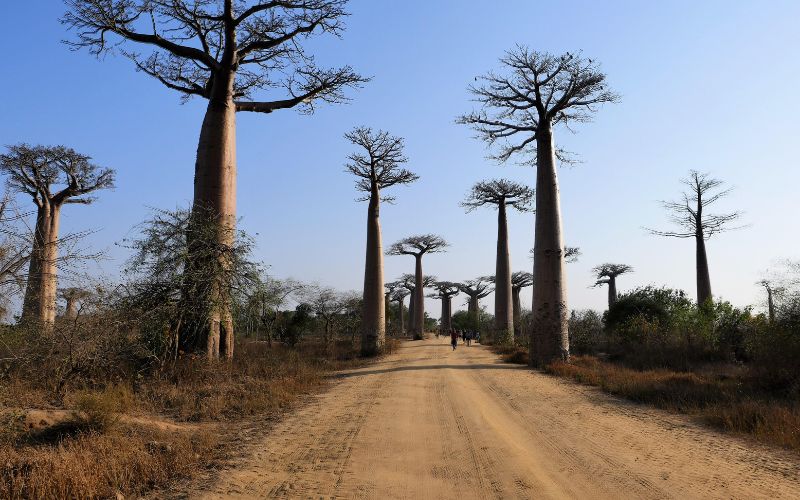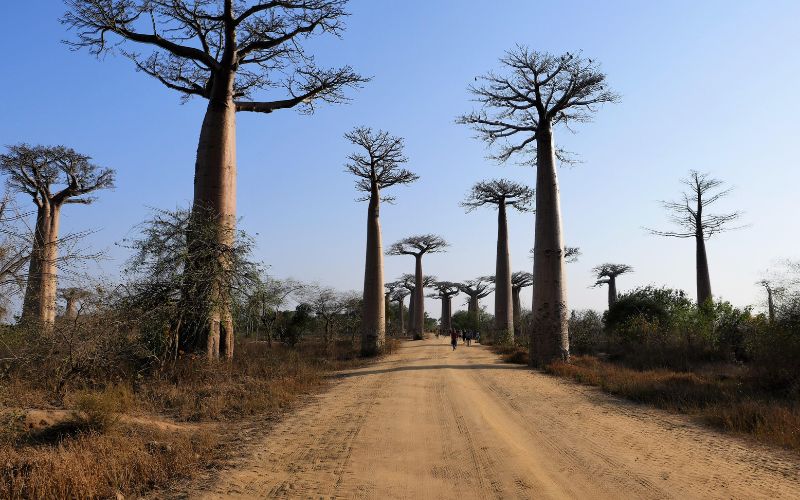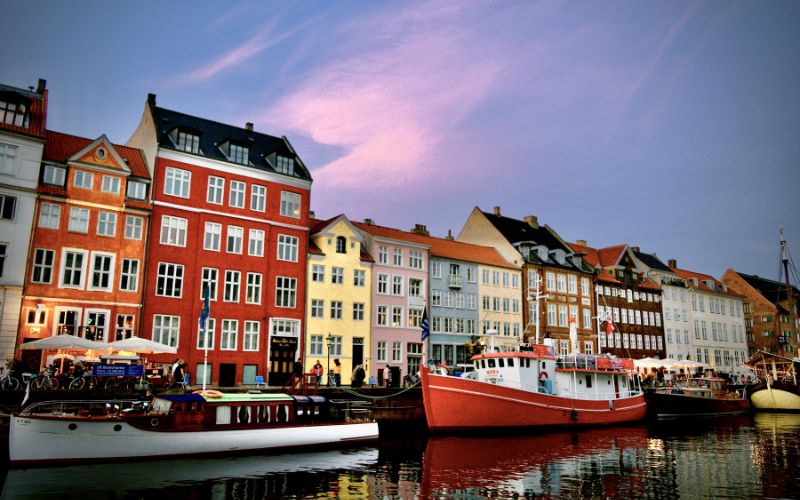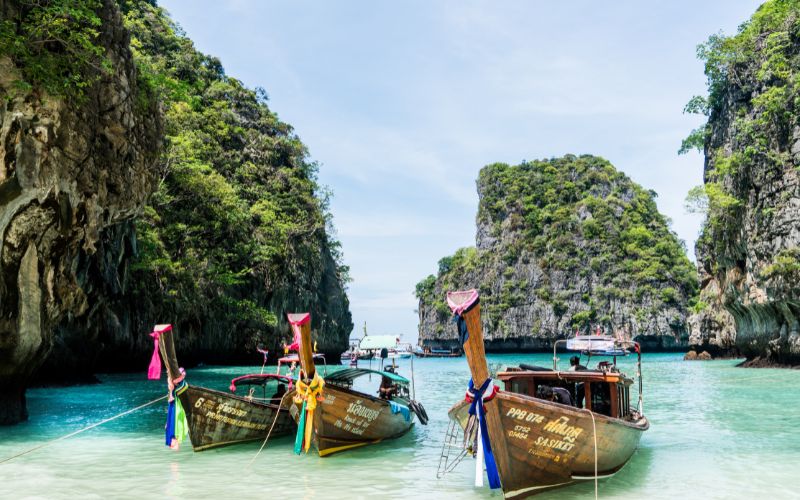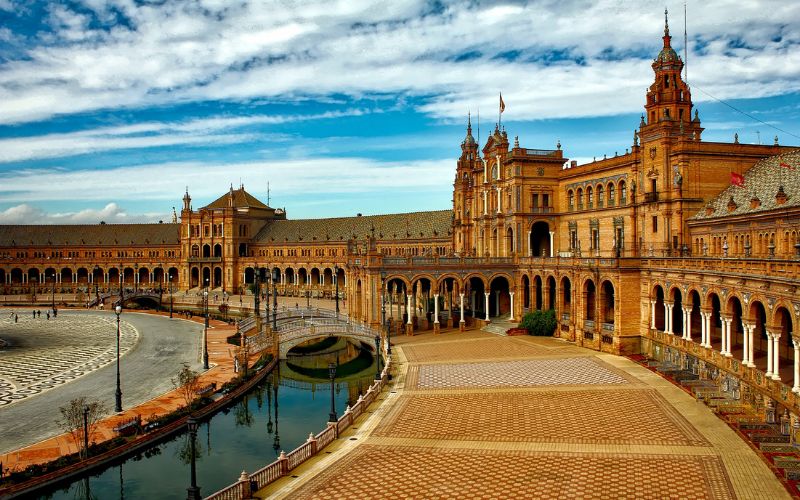Traditional Arts and Crafts of Bangladesh You Should Know
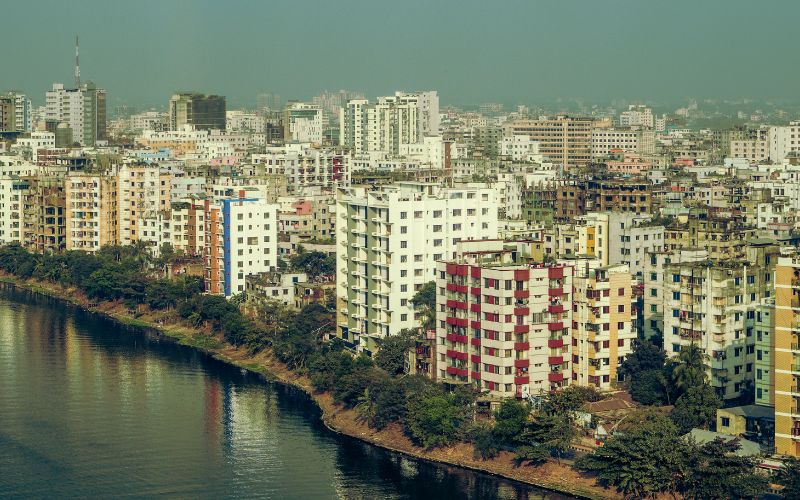
Strong 8k brings an ultra-HD IPTV experience to your living room and your pocket.
Bangladesh is the land of rich culture, ancient traditions and art. The traditional arts and crafts in the country have been maintained and transmitted over the generations, and they are an expression of life and beliefs of the people and their stories. What it means is that whether you are a culture buff or an art connoisseur, a visit to the traditional crafts of Bangladesh will give you a close look at the heart of the country.
To the travelers of Oman who intend to visit this colorful and artistic face of Bangladesh, the first step is to learn about the Bangladesh visa requirements of Oman. Acquiring a Bangladesh travel visa is a breeze among the Omani citizens and the process will expose them to the real cultures by visiting the country which is full of rich cultures that are evident in its unending arts and crafts.
Apply now for your Bangladesh visa with Go Kite and travel with confidence and ease.
1. Nakshi Kantha The Embroidered Quilt
Traditional embroidery art Nakshi Kantha is one of the most famous types of embroidery art in Bangladesh. They are the colorful quilts that women in rural settings usually sew with the old sarees and cloth pieces. All the Kanthas are a story in themselves - of village life and folklore, of day-to-day emotions - in the medium of colored threadwork.
Nakshi Kantha is not only a practical bedding but also very symbolic and creative art. Those travelers who love textile will be able to discover Nakshi Kanthas in markets of Dhaka and Rajshahi which will serve as excellent keepsakes.
2. Terracotta Art
Terracotta is a very old form of art in Bangladesh, dating back to the ancient civilizations in this locality. The art made out of the clay has made beautiful designs and figures of gods, fables, animals and flowers.
Dhamrai and other nearby villages are renowned to have good craftsmen who practice this art now a day. Terracotta finds its application in home decoration, temples, and utensils. Visitors get to observe such craftsmen in action and even bring home with them a piece of tradition.
3. Muslin Weaving
There was once a textile by the name of legendary Dhakai Muslin, which was the most sought after textile all over the world with its softness, finesse, and beautiful weave. It was an art that the royal family produced but as time went on, during the colonial period, the art dwindled but was resurrected once again.
Travellers can get a first hand experience of hand weaving of this sumptuous fabric by visiting the weaver communities around Dhaka and Narayanganj. A muslin piece is a part of the imperial history of Bangladesh in your hands.
4. Shital Pati- The Cool Mat
A special cane, by the name murta, is used to make shital Pati (cool mat) and is a household item in the traditional Bangladesh home. These mats are well identified with their cooling effect and they are mostly used in the summer.
It is so fine and symmetrical in its weaving that artisans have to convert it into handbags, wall decoration, and table mats as tourist attraction. Sylhet and Rangpur are known places to be able to see the craft work behind the making of Shital Pati.
5. Clay Crafts and Pottery
Bangladesh pottery is not only beautiful but it is also practical. Bangladeshi pottery combines practicality and ornamentality, with pots and pitchers being used in the household, to being used as showpieces. These crafts are usually baked in kilns and colored with earthy colors and are traditionally made on wheels by the rural potters.
The Kumartuli potters village close to Dhaka is a live experience to visitors who may want to explore the traditional clay arts on a practical level.
6. Weaving of Jamdani Sarees
Jamdani saree is the intangible cultural heritage listed by UNESCO and the symbol of grace. The handwoven cotton saree which is usually decorated with floral and geometric designs is a must have to the textile lovers.
Traditional looms are still used by weavers in Rupganj and Narayanganj who still use age-old technology. The purchase of a Jamdani saree directly from artisans does not only help local people, but also provides travelers with an original cultural souvenir.
7. Rickshaw Art
When you travel to any Bangladeshi city you will be attracted to the rickshaws which are colorfully painted. This special street art in the form of colorful animal, celebrity and imaginary portrayals make regular transport to be moving pieces of art.
The rickshaw artists employ enamel color, mirrors and chrome plates to make up such moving artworks. Visiting such a pop culture art is a visual treat to any tourist.
8. Jute Crafts
One of the biggest products exported by Bangladesh is referred to as the Golden Fiber, jute. Jute is turned into rugs, handbags, baskets, wall hangings and fashion accessories by artisans spread throughout the country.
Sustainability, low cost and aesthetic appeal have helped jute crafts gain popularity across the world. A lot of tourists love buying jute products as not only environmental friendly materials but also as the representation of the Bangladesh creativity.
9. Cane and bamboo crafts
The handicrafts of bamboo and cane are the focus of the rural life in Bangladesh. Using these natural materials, artisans make furniture, baskets, trays and even toys. These products are characterized by the durability, complex designs and organic beauty.
Sylhet and Chittagong Hill Tracts are prominent regions where visitors can observe cane artisans in action and take home beautifully handcrafted bamboo goods.
10. Folk Dolls and Toys
Traditional handmade dolls and toys represent Bangladeshi folklore and village life. Usually crafted from clay, wood, or jute, these toys are painted in bright colors and are symbolic of rural creativity.
These toys are found in fairs and local markets, making them charming souvenirs for travelers looking to gift or collect something cultural and colorful.
Conclusion
The traditional arts and crafts of Bangladesh represent a beautiful fusion of creativity, heritage, and daily life. From the intricate stitches of Nakshi Kantha to the delicate weaves of Muslin and Jamdani, every craft tells a story of the country's rich past and vibrant present. For travelers from Oman, a visit to Bangladesh is not complete without immersing oneself in these timeless traditions.
To explore these artistic marvels in person, start by understanding the Bangladesh visa requirements from Oman. Securing a Bangladesh visa from Oman is a straightforward process, and once you have your Bangladesh travel visa, a world of cultural wonder awaits. Whether you are an art lover, a historian, or simply a curious traveler, the Bangladesh visa for Omanis is your ticket to uncovering the creative soul of this enchanting country.
Note: IndiBlogHub features both user-submitted and editorial content. We do not verify third-party contributions. Read our Disclaimer and Privacy Policyfor details.



